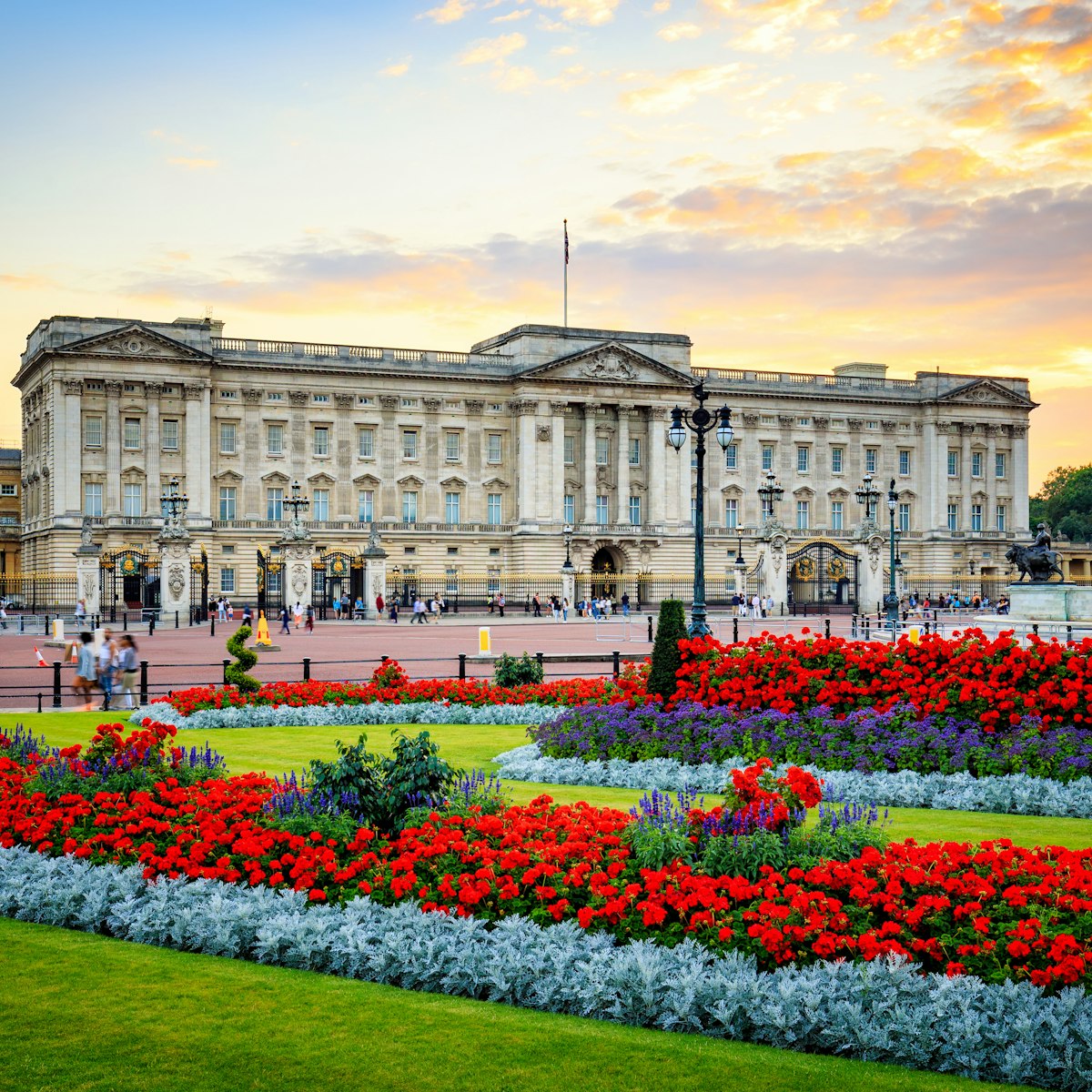This 16th-century Georgian pile is one of the few surviving in the City, and it was the home of Samuel Johnson, author of the first serious English dictionary and the man who famously proclaimed, 'When a man is tired of London, he is tired of life'. The preserved interior contains antique furniture and artefacts from Johnson’s life, including a copy of the first edition of the dictionary from 1755 and the 18th-century front door with a spiked iron bar to deter child thieves.

©Will Jones/Lonely Planet
Lonely Planet's must-see attractions

21.53 MILES
The world’s largest and oldest continuously occupied fortress, Windsor Castle is a majestic vision of battlements and towers. Used for state occasions, it…

1.35 MILES
A splendid mixture of architectural styles, Westminster Abbey is considered the finest example of Early English Gothic. It's not merely a beautiful place…

2.5 MILES
One of London’s best parks, Hyde Park spreads itself over 142 hectares of neat gardens, wild expanses of overgrown grass and glorious trees. As well as…

3.11 MILES
The Science Museum will mesmerize with its interactive and educational exhibits covering everything from early technology to space travel. Take the family…

0.63 MILES
One of London's most amazing attractions, Tate Modern is an outstanding modern- and contemporary-art gallery housed in the creatively revamped Bankside…

1.79 MILES
Built in 1703 for the Duke of Buckingham, Buckingham Palace replaced St James's Palace as the monarch's official London residence in 1837. Queen Elizabeth…

1.28 MILES
Both the elected House of Commons and the House of Lords, who are appointed or hereditary, sit in the sumptuous Houses of Parliament, officially called…

9.04 MILES
Where else in London can you size up an 18th-century 10-storey Chinese pagoda and a Japanese gateway while finding yourself among one of the world’s most…
Nearby London attractions
0.15 MILES
Printing presses on Fleet St fell silent in the 1980s, but St Bride's is still referred to as the 'journalists' church'; a moving memorial in the north…
0.15 MILES
The magnificent Temple Church was built by the secretive Knights Templar, an order of crusading monks founded in the 12th century to protect pilgrims…
0.17 MILES
First mentioned in the 10th century, St Andrew's was rebuilt by Wren in 1686 and is the largest of his parish churches. The airy interior includes large,…
0.18 MILES
Duck under the archway at Old Mitre Court (47 Fleet St) and you’ll find yourself in the Inner Temple, a sprawling complex of some of the finest buildings…
0.22 MILES
Completed in 1869, this fine iron bridge was built to link Holborn and Newgate St above what had been a valley created by the River Fleet. The four bronze…
0.22 MILES
Where the Strand joins Fleet St, you’ll see the entrance to this gargantuan melange of Gothic spires, pinnacles and burnished Portland stone, built in…
0.23 MILES
From the Strand, look for a studded black door labelled ‘Middle Temple Lane’, opposite Bell Yard and the Royal Courts building, and you’ll find yourself…
0.25 MILES
The half-timbered shopfront facade is the main interest at Staple Inn (1580), the last of eight Inns of Chancery whose functions were superseded by the…







